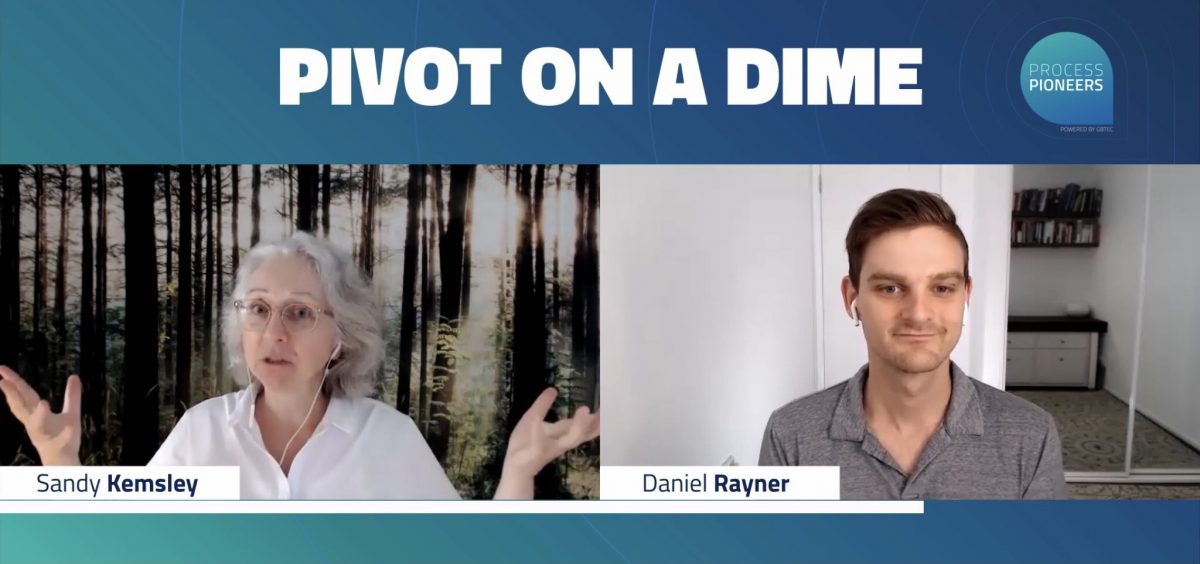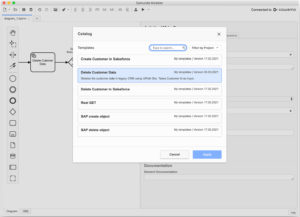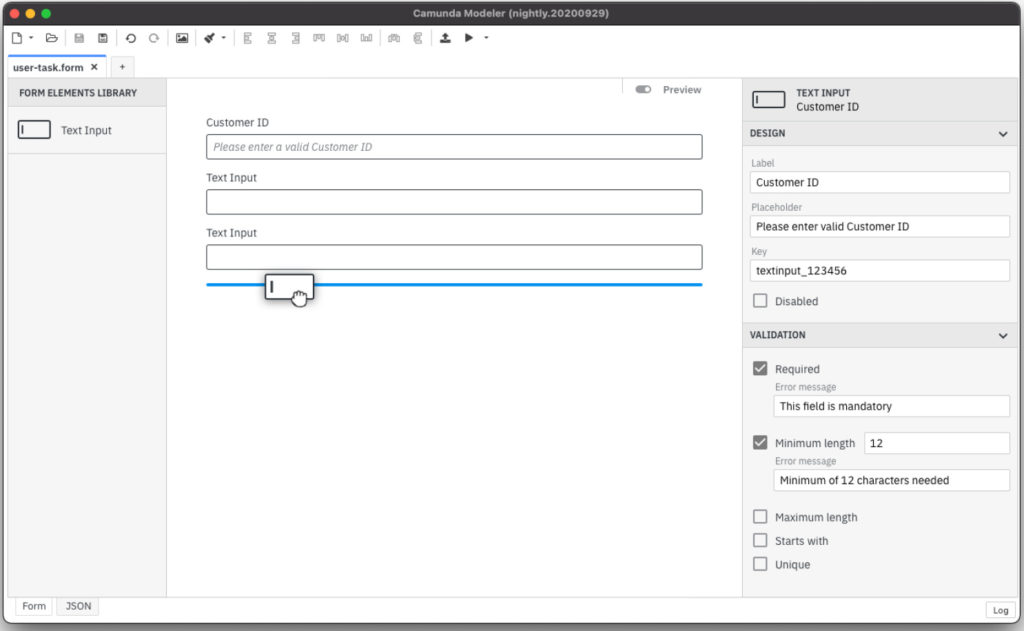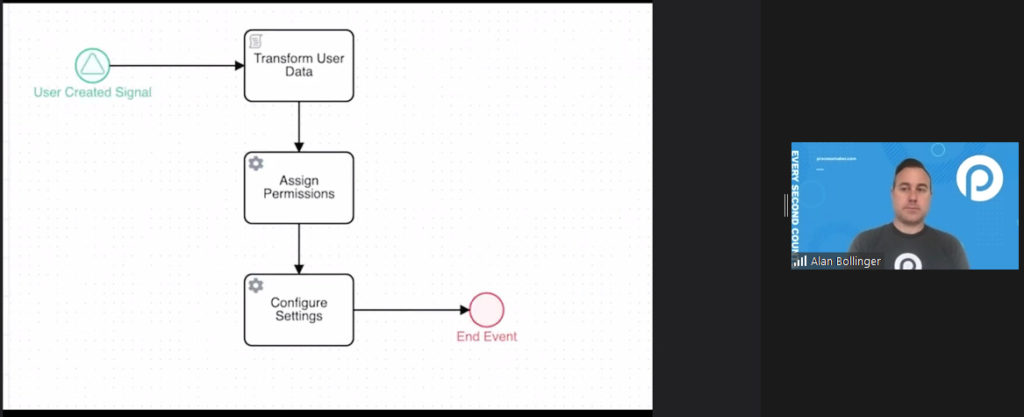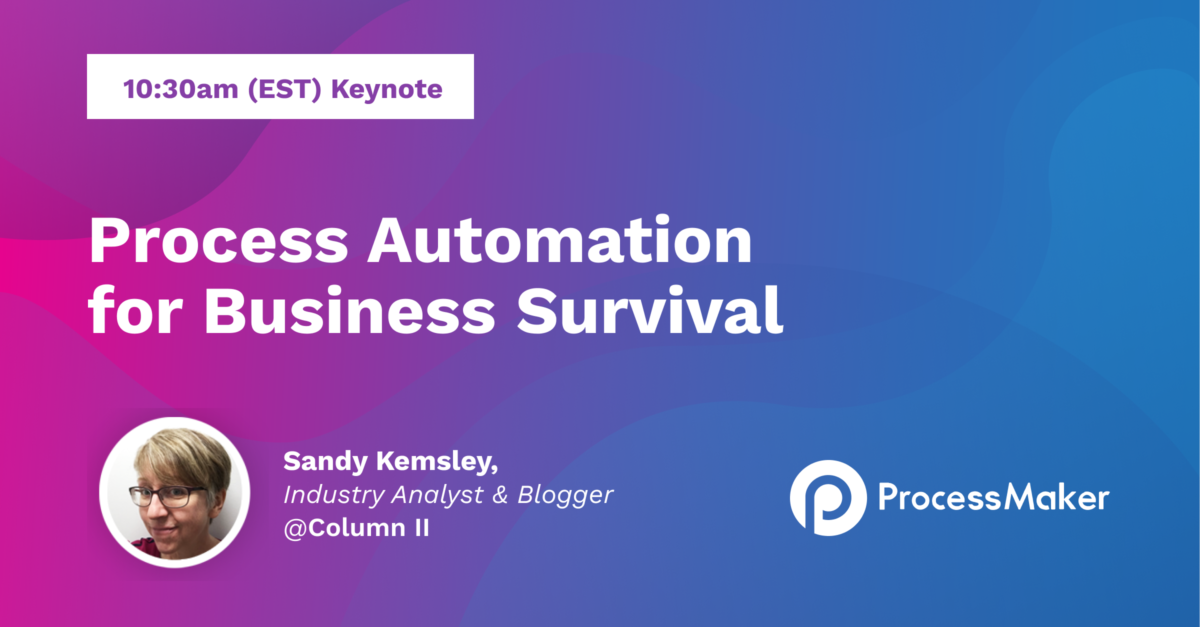I’m doing a live webinar next week, Thursday March 10 at 11am Eastern, together with Kramer Reeves of Work-Relay. If you’re in BPM, you probably know who Kramer is — he’s been in the industry almost as long as I have, with a career ranging from startups to IBM — and may know that he’s now CEO of Work-Relay. They’re a small BPM vendor that specializes in integrating with Salesforce to handle all the “other” processes that are not part of Salesforce; they also have an interesting GANTT-chart-ish timeline view of processes that helps with less rigid, milestone-driven goals.
Kramer and I will be having a 20-minute freeform discussion about removing the surprises, obstacles and barriers — namely, points of potential failure — from your business operations. We will be covering the current state of intelligent process automation, how we got here, and how process automation products need to work within a broader business operations context.
We’re keeping it short and won’t have time for Q&A, but I’m always open for questions here or on other social platforms. You’ll also be able to watch the video on demand at some point after we broadcast live next week.




